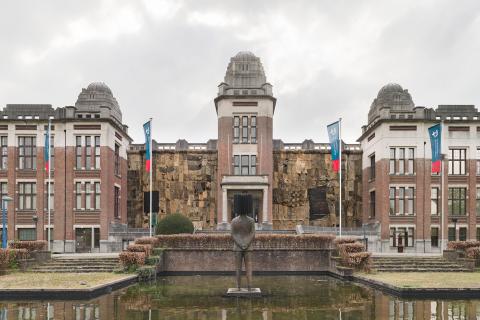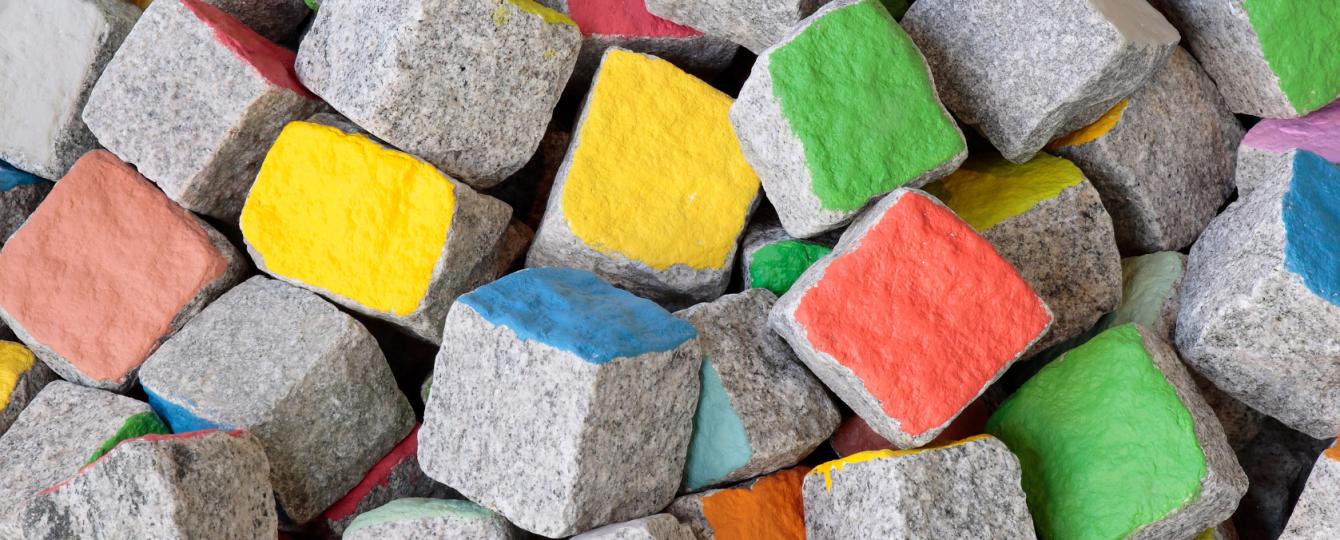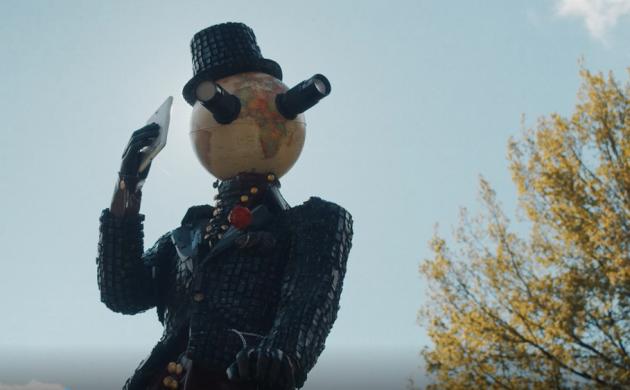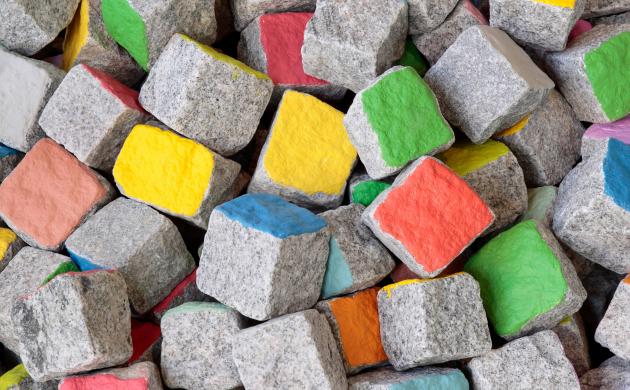- The numbers of the works of art correspond to the numbers on the exhibition route in the visitor's guide.
- You can also find these works of art in the virtual tour.
Ibrahim Mahama was born in Tamale, Ghana in 1987, and he lives and works in Accra, Kumasi, and Tamale. Mahama obtained a MFA in painting and sculpture in 2013, and a BFA in painting in 2010, at Kwame Nkrumah University of Science and Technology, Kumasi. His solo shows include: Parlement of Ghosts, The Witworth, The University of Manchester, UK (2019); Labour of Many, Norval Foundation, Cape Town (2019); On Monumental Silences, ExtraCity KunstHall, Antwerp (2018); Fracture, Tel Aviv Art Museum (2016); Material Effects, Eli and Edythe Broad Art Museum, Michigan State University (2015); Factory machines and trucks, Kumasi (2013); and Cannon Wax, Jamestown, Accra (2013). His work has appeared in numerous collective international exhibitions such as: the 22nd Sydney Biennale (2020); the 6th Lubumbashi Biennale (DRC, 2019); documenta 14, Athens and Kassel (2017); the 56th Venice Biennale (2015); Artist’s Rooms, K21, Dusseldorf (2015); An Age of Our Own Making, Kunsthal Charlottenborg, Copenhagen and Holbæk (2016). Mahama’s work has also been featured in Ghana’s first national pavilion at the 58th Venice Biennale in 2019. The artist is furthermore the founder of the Savannah Centre for Contemporary Art (SCCA) in Tamale. The artist is best known for his large-scale installations using jute sacks, once used to carry cocoa and now employed as containers for coal. Stitched together and often draped over architectural structures, these materials are used by Mahama to explore themes of commodity, migration, globalization, and economic exchange.
Untitled (2019)
Number 4 on the exhibition route
Location: Artiesteningang
Planted to create a majestic entrance into the park, the grandiose proportions of this installation of proud, high-flying flags, are tarnished by the worn-out aspect of the material they are made from. This contrast shows how national pride can be based on misery and inequality. After all, the flags here are not a symbol of a country, but of exploitation. They are made from hand-sewn burlap sacks. The choice of material refers to the bags used to transport African-sourced food and commodities such as coffee and cocoa, typical exports of the artist’s native Ghana. But the natural resources of Central Africa have also enriched the Belgian economy. The jute bags are a reminder of this exploitation, both in the past and very often in the unequal world trade today.

Ibrahim Mahama, UNTITLED (2019). © The Artist & White Cube, London. Photo: Léonard Pongo
Dokpeda 2012-2021 (2021)
Number 6 on the exhibition route
Location: UA Campus Middelheim building A
Mahama breaks the ‘monumental silence’ that regularly weighs on physical colonial sites. The former Colonial College’s founding mission became concealed when it was converted into a campus of the University of Antwerp. Mahama makes that camouflage the very subject of his work, by covering up the front façade with his signature stitched jute sacks. He stimulates the viewer to consider what lies behind it. By fixing them onto an educational institution, these dark screens refer to the silences of our history classes but also, to the imposition of Western knowledge systems on the rest of the world.

Copyrights: Ibrahim Mahama, Dokpeda 2012-2021 (2021) © The Artists & Apalazzogallery. Photo: Léonard Pongo




